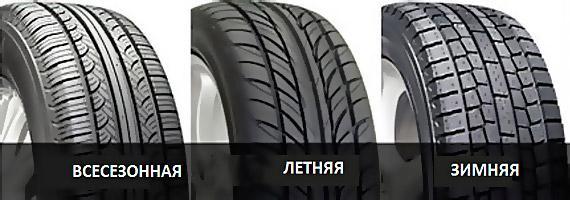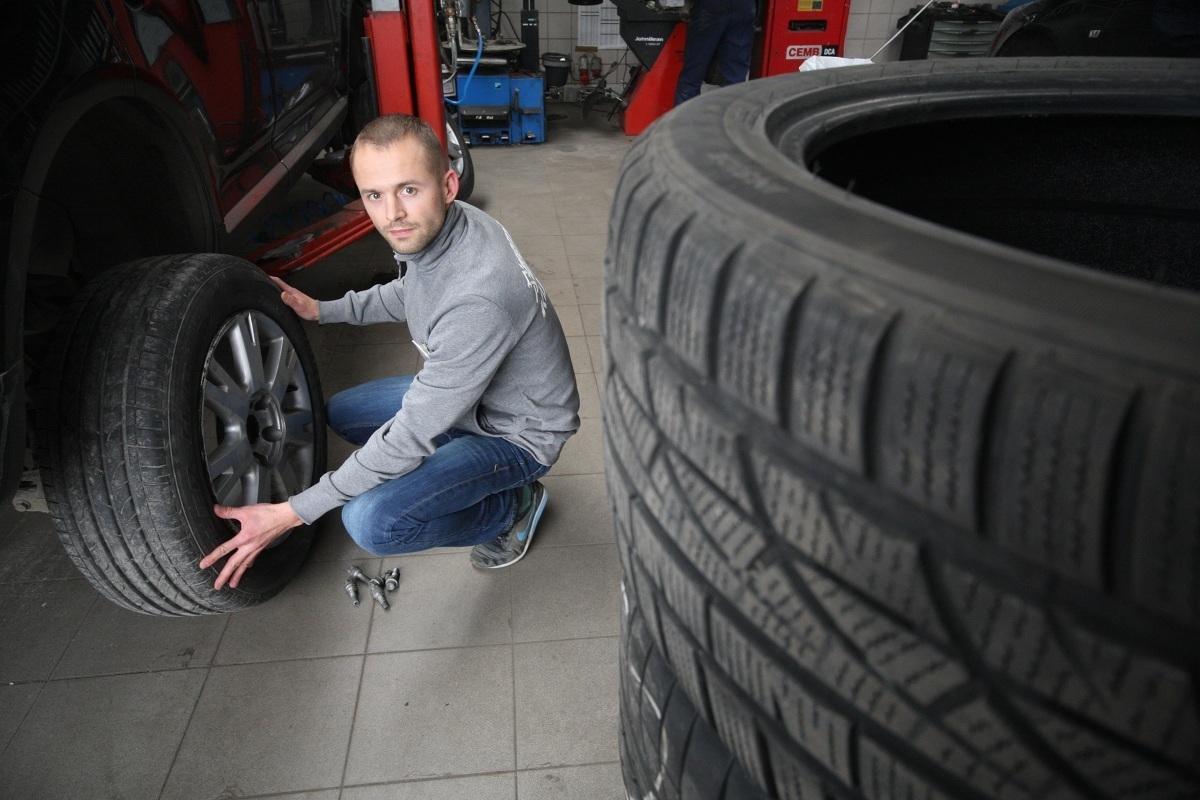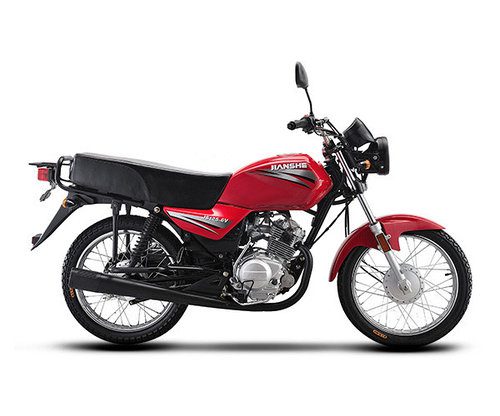
Winter tires versus all season tires. Advantages and disadvantages
Content
 Drivers can be divided into two groups. One group includes supporters of seasonal tire changes, the other - those who prefer to avoid it in favor of all-season tires. Both solutions are widely used, as evidenced by the recently developed tire models in both variants.
Drivers can be divided into two groups. One group includes supporters of seasonal tire changes, the other - those who prefer to avoid it in favor of all-season tires. Both solutions are widely used, as evidenced by the recently developed tire models in both variants.
Slightly milder weather conditions in the winter have made the all-season tire market definitely gain momentum, although many drivers still view them with a high degree of uncertainty. For this reason, for example, kits dedicated specifically to the cold season are still in the lead. It is worth taking a closer look at both of these versions to find out about their advantages and disadvantages, taking into account the parameters that are most interesting to drivers.
How are winter tires different?
The determining factor in changing tires to winter tires is the temperature, which must remain below 7° C. The closer to the first days of winter, the harder the road conditions due to snowfall or freezing rain, so tires need to be prepared for such an aura.
Manufacturers of winter models focus on a tread pattern designed for such conditions. It is enough to look at it to see more lamellas and wide grooves. The first of these elements provides better traction, as it “bites” into snow and slush, and the second ensures efficient removal of precipitation from under the front of the tire. These parts have a significant impact on safety as they provide better grip on the road tire line. Not only the tread is better adapted to winter conditions. Also used in the production process, compounds with an increased amount of natural rubber and the addition of silica make the tire more elastic, it does not harden at low temperatures and adheres to the ground better. In addition, on its side there is a symbol of snowflake and mountain peaks and the abbreviation 3PMSF, which suggests adaptation to the most difficult weather conditions.
All season tires - what you need to know about them?
All-season tires offer a compromise in performance all year round. They are associated with the rubber compounds used, thanks to which the tire is soft enough at low temperatures, but also hard enough in summer. In addition, it is worth considering the structure, usually modeled after winter construction, which can be seen when comparing both types of treads. Despite fewer sipes, winter roads that are regularly cleared of snow can be negotiated without fear of loss of traction and uncontrolled skidding if a moderate speed is maintained. The same goes for the outline of the all-year version, which also embarrassingly resembles the square and massive outline of a winter box. On the one hand, this is an advantage, but it also has certain consequences, which will be discussed later in the article.
Taking into account the designation of all-season tires, on the one hand, we can see the abbreviation 3PMSF on the side, which is already standardized by the European Union. For drivers, there is enough information that the model is adapted for driving in winter and it is worth investing in such a model. On the other hand, we will also find the M + S entry, thanks to which the manufacturer indicates the suitability of the tire for driving on snow and mud.
The final battle - all-season tires vs. winter
The choice of winter or all-season tires is really an individual matter. A lot depends on the needs, the preferred driving style, the distances covered and the roads we drive on.
Drivers who drive mainly in urban areas, their annual mileage does not exceed 10-12 thousand. km, and the speeds achieved are not high, they are the ideal target group for all-season tires. On the other hand, it is worth comparing the users of "winter tires", i.e. people who travel often have a car with a lot of power, sometimes a "heavy leg" and a large number of kilometers on their account. Such drivers do not compromise and care about maximum safety in winter.
See also: driver's license. Can I watch the exam recording?
When combining both sets, economic considerations come to the fore. The advantage of all-season tires is that there is no need to buy two sets for summer and winter, and there are also savings on visits to the vulcanizer due to seasonal replacement. Of the minuses, it is worth noting that such tires may not be effective enough in extreme conditions - when there is a lot of snow and the traffic situation becomes really difficult for drivers, as well as in summer during heat or rain. Unfortunately, the high temperature outside and driving on all-season tires at high speed on hot asphalt do not favor traction. Many drivers mistakenly believe that every tire will perform well at this time of year. However, this is not the case, and ignoring this issue or ignorance can contribute to unpleasant consequences. In addition, as mentioned earlier, the massive contour of all-season models works well in winter, and in summer it can contribute to increased fuel consumption and faster wear.
The aforementioned popularity of all-season tires is due not only to milder weather conditions in winter or the desire to save money. It is also worth paying attention to the fact that there are more and more cars in households. It often happens that one car is designed mainly for longer routes, while the other is designed for city driving, where the roads are quite snowless in winter. Moreover, due to restrictions in built-up areas, they do not develop at such high rates. In such conditions, all-season tires will work well, so they are of great interest,” adds Lukasz Maroszek, Deputy Commercial Director of Oponeo SA.
Tires for colder months make no compromises and should guarantee satisfactory performance even in the toughest weather conditions. Can handle snow, ice and rain, but once temperatures start to stay above 7° C, it's time to replace, as such a tire can wear out faster. Sometimes drivers also complain about the increased level of noise generated.
However, manufacturers of both solutions want to offer their customers the best features, so they are hard at work on their proprietary technologies. This is mainly done by premium brands such as Michelin, Continental, Goodyear and Nokian, who are improving tires every inch, focusing on even better tread patterns and compounds. Increasingly, manufacturers in the mid-range segment are choosing to use innovative production methods, which makes the tire market very dynamic.
Source: Oponeo.pl
See also: Third generation Nissan Qashqai

